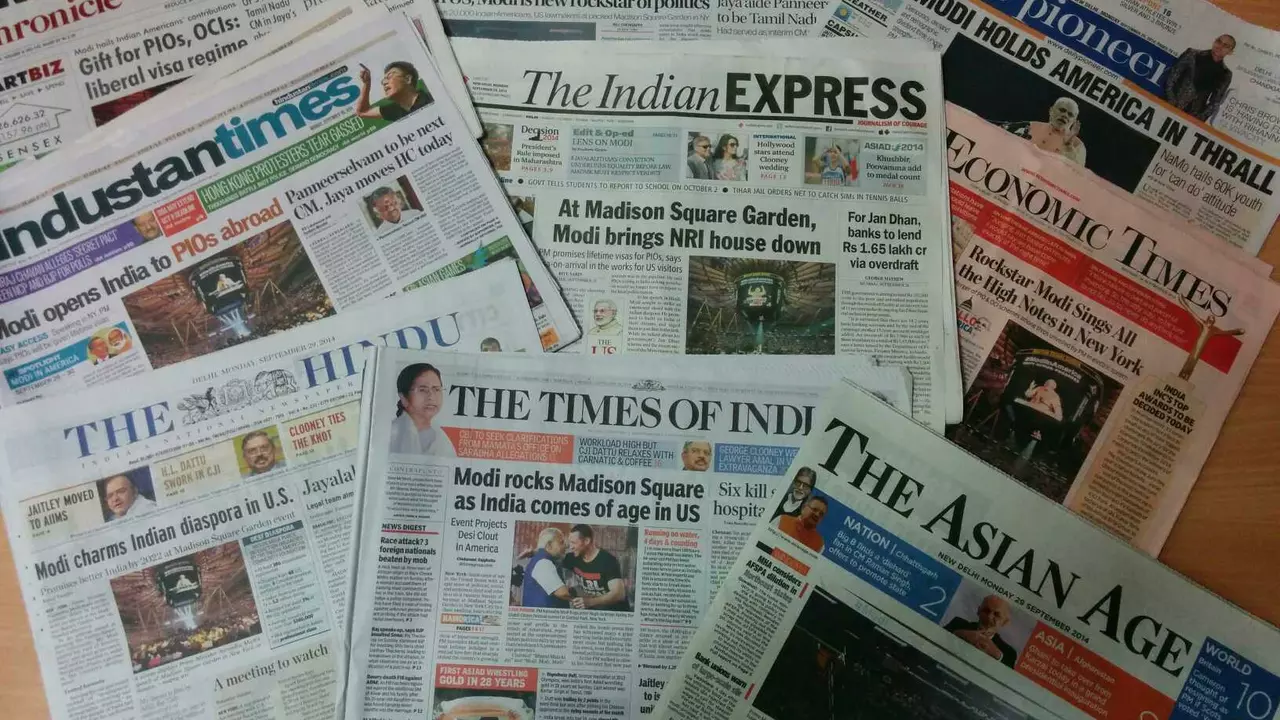History & Culture: The First Hindi Newspaper – Udant Martand
Ever wondered which paper gave Hindi readers their first taste of news? It was Udant Martand, meaning "The Rising Sun." Launched on May 30, 1826, this tiny sheet changed the way people in North India got information.
The Birth of Udant Martand
The man behind the idea was Pt. Jugal Kishore Shukla, a visionary who wanted a Hindi voice in a world dominated by English and Persian press. He gathered a small team, printed the first issue in Calcutta, and sent it out like a fresh sunrise reaching every corner.
At first, the paper looked simple: a single column, black ink on cheap paper. Yet, it covered everything from local events to British policies. Readers loved seeing their language on a printed page. It proved that Hindi could carry news, opinions, and stories just as well as any other language.
Why Udant Martand Matters Today
Even though Udant Martand lasted only a few months, its impact rippled through Indian journalism. It inspired later publications like Gorkhapatra and Harijan, which built on the idea that regional languages deserve a platform.
Modern media scholars point to Udant Martand when they talk about the rise of vernacular press in the 19th century. The paper’s short life shows the challenges early publishers faced – limited funding, censorship, and a readership still learning to read Hindi.
But the legacy lives on. Today, countless Hindi newspapers dominate the market, from Dainik Jagran to Amar Ujala. All of them can trace a line back to that first sunrise printed over 190 years ago.
If you’re a fan of sports, you might wonder why a sports site mentions this. History shapes everything, even the way we talk about games. Understanding where language media began helps us see why sports stories now reach millions in Hindi instantly.
So next time you scroll through a Hindi sports update, remember the humble origins of Udant Martand. It was more than a newspaper; it was a spark that lit up an entire culture.
